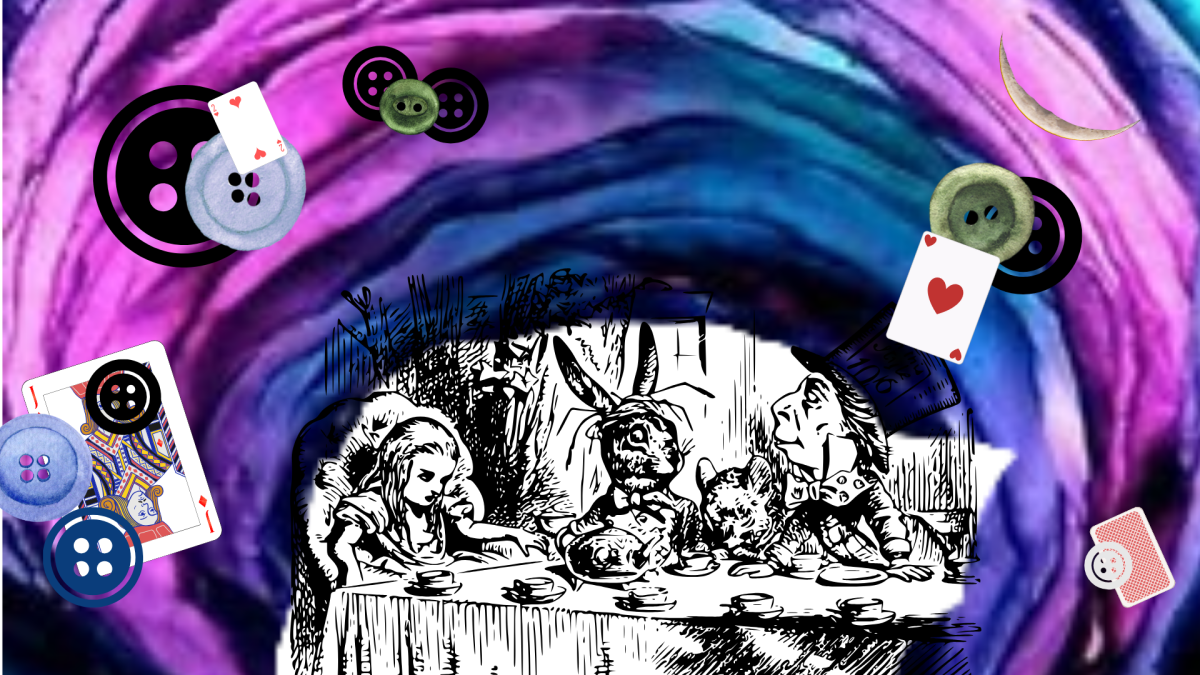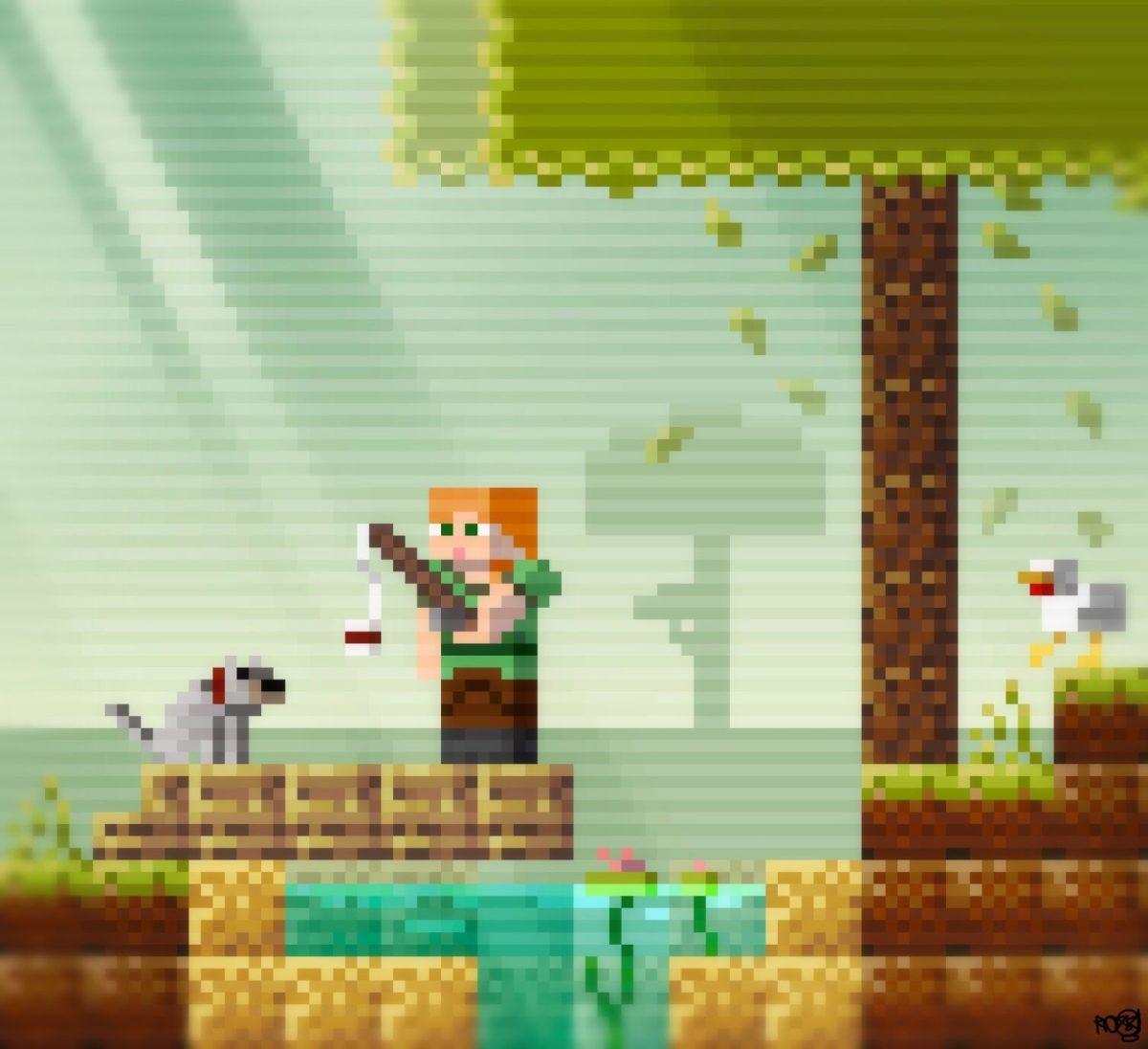Prequels are often controversial for their relationship with previous movies in a franchise. “The Hunger Games: The Ballad of Songbirds and Snakes,” however, provides a compelling backstory to one of the most successful book-to-screen adaptations to date.
The movie follows the story of young Coriolanus Snow, played by Tom Blyth, who’s forced to mentor Lucy Gray Baird, a District 12 girl portrayed by Rachel Zegler, in the 10th Hunger Games.
The film starts when Dr. Volumnia Gaul, portrayed by Viola Davis, asks selected students at the Academy to make the games as entertaining as possible to influence the public’s acceptance of them. As part of a new mentor program, each student is assigned one competitor they must help win, and whichever student does the best will receive a scholarship to attend the university.
Snow intends to perform strongly in this competition to continue his education and protect his family’s name. Much to Snow’s distaste, he is given District 12’s Lucy Gray. To his surprise, it appears being assigned to her was something of a blessing in disguise.
The movie continued to depict Snow experiencing conflicting emotions between protecting his family name and his relationship with Lucy Gray and choosing between power and ethics.
Suzanne Collins’ writing and Francis Lawrence’s directing come together to tell the complicated backstory and characterization of Coriolanus Snow, showing his development into the evil President he is in the rest of the Hunger Games franchise.
Aubree Mullican, a first-year in film studies, said Snow is never meant to be seen as a good person in the films.
“Snow’s character was done so well because they didn’t try to make him into a good guy with some traumatic event that turned him into a villain because I feel like that’s so overdone,” Mullican said. “His villain arc is interesting because from the beginning, you can see how he is striving to climb in the capitol.”
Mullican said the movie foreshadowed the rest of the franchise well.
“Being a prequel, it was good because you know how it ends,” Mullican said. “When all the Mockingjays are tormenting Snow after Lucy Gray sets the trap, it sets up what happens in the original movies. … He never escapes from [her songs]; they are always tormenting him.”
Music is often used as a foreshadowing element, with powerful and emotional songs in a cappella and following an Appalachian style.
McKinley Keener, a doctoral student studying communication, rhetoric and digital media, said a cappella singing can feel slightly awkward but was necessary to make scenes realistic.
“I will say it did feel a little awkward at parts, especially when she was singing a cappella, which obviously she had to do,” Keener said. “I wouldn’t have wanted there to be non-diegetic music there because it wouldn’t have made the scene feel real.”
One of the songs that foreshadows Lucy Gray’s future and the series in general is “The Hanging Tree,” which Katniss Everdeen sings in “Mockingjay Part 1,” but was originally sung by Lucy Gray. Lucy Gray also foreshadows her own fate in her rendition with “Lucy Gray (Part 1).”
“I loved the soundtrack,” Mullican said. “Rachel Zegler sang it all live when they filmed it, and that was the best part of it because you can really hear the emotion, and it doesn’t sound as rehearsed or perfect because it’s not supposed to be.”
“The Hunger Games: The Ballad of Songbirds and Snakes” is tied together with a strong cast and complicated characterization, featuring amazing storytelling and a hard-hitting soundtrack with several powerful and emotional ballads by Zegler.














